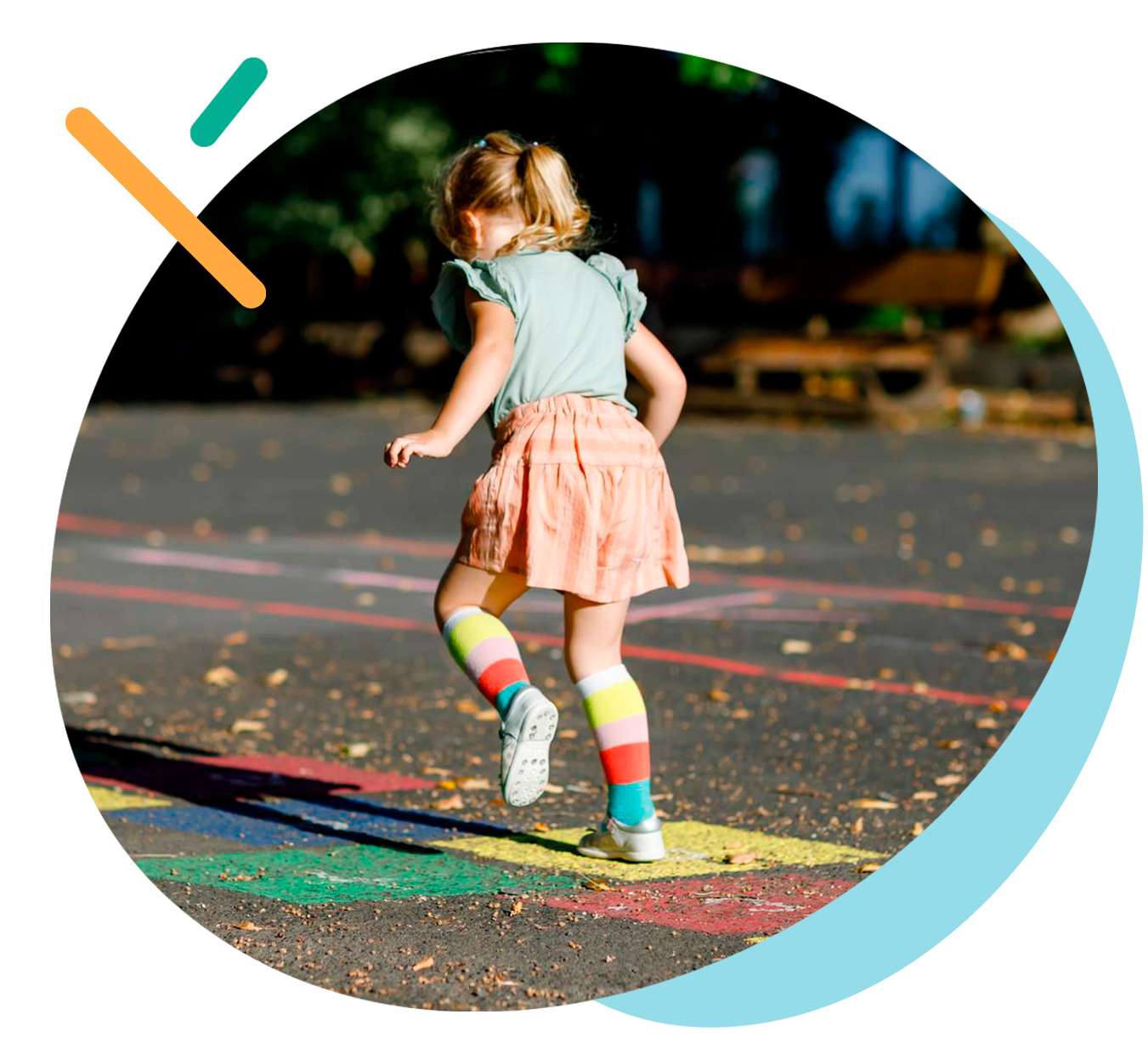Consultation
From newborn to teenager.
Creating environments that meet the needs of different children.
It’s important to be able to explain why a product is designed the way it is and for what purposes. Learn to Move can help you understand how a product affects children’s development and how its design either supports or hinders the growing child.
In the design of children’s indoor and outdoor environments, consideration needs to be given to the child’s motor age and create an environment that provides conditions for children to tackle tasks that stimulate ‘positive risk-taking. The child gets to test their limits, has the opportunity to fail, and problem-solve anew – learning and the joy of play thrive. Learn to Move has knowledge of how to create environments that meet the diverse needs of different children at various ages.
Learn to Move has been commissioned by several internationally based companies both in Sweden and Europe, such as Permobil, Bugaboo, Kinnarps, and BabyBjörn. New products like Learn to Walk raise expectations for what children with neuromuscular functional variations can learn. From early on, Learn to Move has been involved in the development of the first sitting and standing shells, and today, a primary goal is to develop products to facilitate the motor development of children with functional variations.
LTM has been commissioned by several international companies.
40+ years experience

Product Development
Understanding the growing child and the need to be able to switch between being active and resting is essential in all product development.
A product can stimulate development or, in some cases, hinder development. Trends toward passivity and ‘risk minimization’ often entail an increased risk to children’s health, as this mindset leads to decreased physical activity. With Learn to Move’s assistance, you can understand differences within a normal population and what you need to consider to ensure that school furniture, children’s furniture, strollers, and all products where ergonomics or knowledge of children’s development is required result in a well-thought-out product already in the planning stage. It saves you money, creates joy and confidence throughout the process until the product reaches the user.
Children’s environments indoors and outdoors.
In the design of children’s environments, one should consider the child’s motor age and create an environment that provides conditions for children to tackle tasks that stimulate ‘positive risk-taking.’
The child gets to test their limits, has the opportunity to fail, and problem-solve anew – learning and the joy of play thrive. Today’s challenge is to create tasks where strength, balance, and coordination are developed for children of different ages. Children move too little today, and insufficient motor development leads to impaired development in more areas. Learn to Move has knowledge of how to create environments that meet the needs of children at different ages.
Products for children with functional challenges.
This is a significant area of interest where Learn to Move actively seeks collaborators in both research and business.
A completely new way of thinking is needed here, where we have expectations for development and where we connect technology and physiotherapy. Finding ways to teach the brain to gain control over the body requires understanding the problem and having a clear goal of what one is striving for – details are important. With detailed knowledge of normal development as the ‘answer key,’ one can, with creativity and knowledge of motor learning, develop products that show we believe in children’s ability to develop.